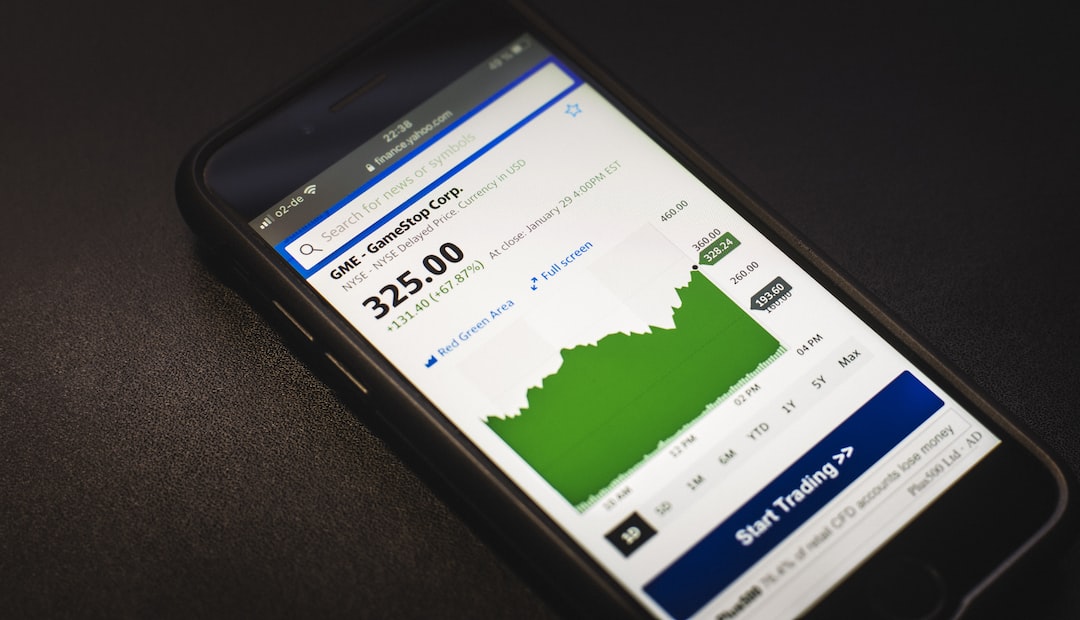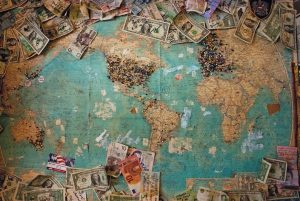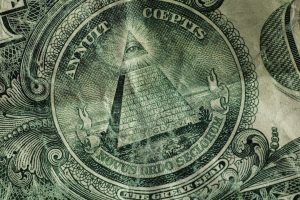The foreign exchange market, commonly known as Forex or FX, is the largest financial market in the world. It operates 24 hours a day, five days a week, and has a daily turnover of over $5 trillion. The forex market allows businesses, governments, and individuals to exchange one currency for another, facilitating international trade and investment.
The history of the forex market can be traced back to ancient times when traders exchanged goods and services between different regions. The first recorded use of currency as a medium of exchange dates back to the Lydian civilization in ancient Greece around 600 BC. However, it wasn’t until the 19th century that modern forex trading began.
In 1875, the Gold Standard was introduced, which established a fixed exchange rate between currencies. This meant that the value of a currency was pegged to the value of gold. For example, one ounce of gold was worth $20.67, and the value of the US dollar was fixed at $20.67 per ounce of gold. This system lasted until the outbreak of World War I, which led to a suspension of the Gold Standard.
After the war, the Gold Standard was reinstated, but it was short-lived. The Great Depression of the 1930s led to a widespread devaluation of currencies, and many countries abandoned the Gold Standard. In 1944, the Bretton Woods Agreement was signed, which established a new international monetary system. Under this system, the US dollar was pegged to gold, and other currencies were pegged to the US dollar. This system lasted until 1971 when the US government suspended the convertibility of the US dollar into gold.
The end of the Bretton Woods system marked the beginning of modern forex trading. With no fixed exchange rates, currencies could now float freely, and their values were determined by the market forces of supply and demand. The rise of electronic trading platforms in the 1990s made it easier for individuals and small businesses to access the forex market.
Today, the forex market is a global network of banks, financial institutions, and individual traders. The market operates 24 hours a day, five days a week, and is divided into three main trading sessions: the Asian session, the European session, and the North American session. The forex market is highly liquid, meaning that there is always a buyer and a seller for any given currency pair. This liquidity makes it possible to execute trades quickly and at a fair market price.
The forex market has undergone significant changes over the years, but its purpose remains the same: to facilitate international trade and investment. The market is constantly evolving, with new technologies and trading strategies emerging all the time. Despite its complexity, the forex market is an essential part of the global economy, providing a vital link between different countries and cultures.
In conclusion, the history of the forex market can be traced back to ancient times when traders exchanged goods and services between different regions. The modern forex market began in the 19th century with the introduction of the Gold Standard. The end of the Bretton Woods system in 1971 marked the beginning of modern forex trading. Today, the forex market is a global network of banks, financial institutions, and individual traders, facilitating international trade and investment. Despite its complexity, the forex market remains an essential part of the global economy.






